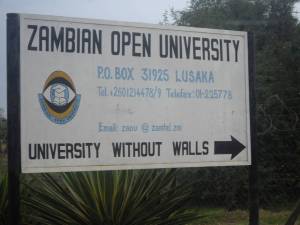So could your institution replace 15% of their curriculum with online study packs?
At the ALT Large Scale Curriculum Redesign, Peter Kilcoyne of Worcester College of Technology explained in his presentation how his college did just that.
Every course had to replace 15% of the students guided learning hours (or contact time) from classroom delivery to online study packs. These study packs, called PALs (Personally Accountable Learning) were designed to be delivered by the VLE (Moodle) and accessed remotely and independently by learners.
This was, according to Peter, a real challenge, with lots of issues and problems. As well as the inevitable, “I don’t have the time” and the usual sceptical resistance from staff, there were also lots of other real issues such as curriculum planning, technical training, course and activity design. All this taking place in a time of transition and concerns about jobs and pay. There was also some resistance from learners.
Curriculum areas were given a degree of freedom about how they would use their 15%. Some courses for example made 15% of every module delivered in this way. Whilst other courses found some individual modules were more attuned to this method of delivery and therefore most modules were delivered as before with a couple of modules delivered in their entirety through the packs.
Overall the main reason for this approach was to reduce costs. This was achieved by reducing staffing costs for courses by reducing teaching time by 15%. To ensure that the independent learning that took place in the 15% gap was covered by staff using OER (Open Educational Resources), YouTube, NLN Materials and other resources to create study packs.
There was an interesting “discussion” at the end of Peter’s presentation about was this really about saving money, the increase in workload that this approach would bring. I think there was some confusion between what we would call e-teaching and e-learning. What I understood from the presentation was that 15% of “guided delivery” by teachers would be replaced by “independent learning” through the internet. In terms of marking assessment, this is never part of the guided learning hours so replacing 15% of the learners’ classroom time with remote learning wouldn’t have an impact on the time taken to mark assessments, as marking wouldn’t happen within classroom time anyway.
This approach may appear to be controversial to some (and certainly some members of the audience weren’t too keen on it) but if your institution is facing a difficult economic climate it might be a solution to cut costs.
On a more positive note though, I can see this also as a great solution for small class sizes. Can’t fill a group, well use study packs so that the class can proceed, as I am sure learners may prefer to attend a course then have it not run at all!
Where this could really start to save time and money too, is if institutions start to share their packs. How that could happen and work is a bigger different kind of problem.










